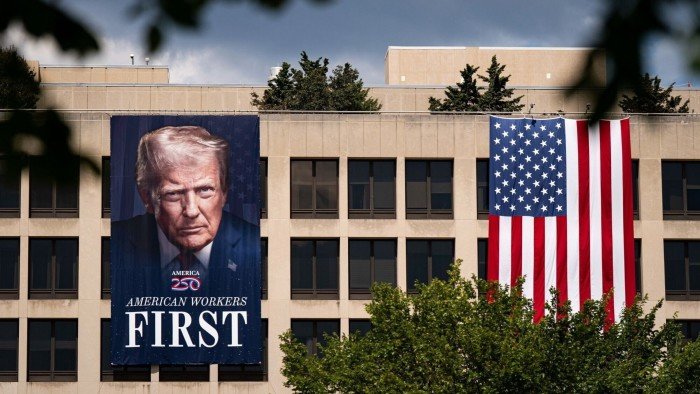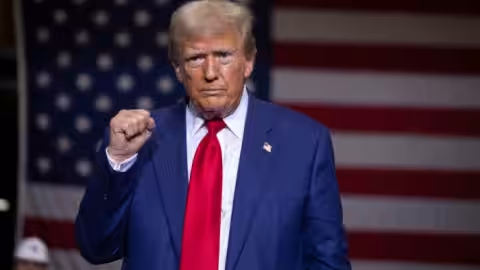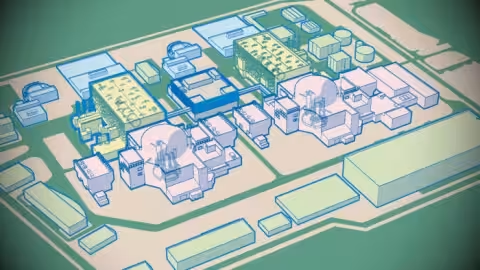OpenAI has agreed to lease 4.5 gigawatts of computing power from Oracle in a deal worth around $30bn a year that is one of the largest cloud agreements to date for artificial intelligence.
The deal marks a big expansion of OpenAI’s “Stargate” data centre project, which it launched with SoftBank in January to gain access to vast amounts of computing power to develop its powerful AI models and meet consumer demand for products such as ChatGPT.
Oracle will develop multiple data centres across the US in order to satisfy the new Stargate contract, according to people close to the plans, which were first reported by Bloomberg. The roughly 4.5GW would be equivalent to about a quarter of the US’s current operational data centre capacity.
OpenAI and SoftBank have said Stargate would invest as much as $500bn to build data centres in the US and globally.
The joint venture has raised about $50bn so far from its founding partners, which also include Oracle itself and Abu Dhabi sovereign fund MGX. It has not disclosed how much of that capital has been deployed.
Earlier this week, database group Oracle announced it had signed a single cloud computing contract worth $30bn in annual revenue beginning in 2028, without naming the customer. People close to the matter confirmed to the Financial Times that the customer was OpenAI as part of its expansion of Stargate.
Potential locations for new data centre sites include Texas, Michigan, Wisconsin, Wyoming, New Mexico, George, Ohio and Pennsylvania, according to the people. Oracle will also expand a 1.2GW Stargate facility in Abilene, Texas, which is being developed and financed by data centre start-up Crusoe.
Oracle shares soared to a record high following the announcement, and rallied further on Wednesday. The deal is worth nearly triple the $10.3bn in annual revenue the company generated from its data centre infrastructure business in 2025.
Oracle was slow to enter the cloud computing market but has experienced a sharp increase in demand for data centre infrastructure as companies seek computing power to run AI systems.
The company has been one of the main beneficiaries from limits on capacity at rivals including Microsoft, with large tech companies ploughing hundreds of billions of dollars into data centre projects to train and operate AI models.
Founder Larry Ellison has touted Oracle’s ability to sign large contracts. Its complex relationship with Stargate is part of the company’s audacious bid to compete with hyperscalers Amazon and Microsoft.
Oracle pledged to invest $7bn in the Stargate joint venture and plans to spend $25bn in capital expenditure next year, well above previous estimates.
“Oracle will be the number one builder and operator of cloud infrastructure data centres,” Ellison told investors earlier this year. “We will build and operate more cloud infrastructure data centres than all of our cloud infrastructure competitors.”
Ellison, a close ally of US President Donald Trump, was on stage at the White House alongside OpenAI chief executive Sam Altman and SoftBank head Masayoshi Son earlier this year when the project was announced.
Oracle will buy around 400,000 of Nvidia’s high-performance GB200 chips for around $40bn to power the Abilene, Texas data centre, the Financial Times reported.
The deal also shows how OpenAI has reached out to new cloud providers to meet demand for its AI products.
Earlier this year, it renegotiated its commercial terms with Microsoft, which had been its exclusive cloud provider. Microsoft, which is OpenAI’s largest investor, now has first refusal on contracts. OpenAI signed cloud deals with Google and neocloud provider CoreWeave following the change.
OpenAI declined to comment. Oracle did not respond to a request for comment.























